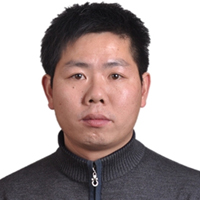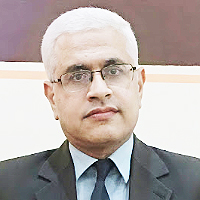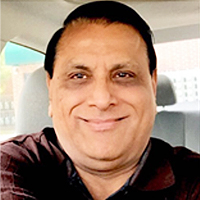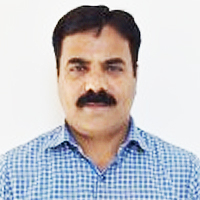A new heart: portraying the physiologic anatomo-functional reconstruction in ischemic cardiomyopathy
Published on: 15th September, 2017
OCLC Number/Unique Identifier: 7286353710
Fiber-based model of the left ventricle is known since 1628 but the complex 3D structure of myocardial fibers has not taken into account in normalcy or in disease until the last decade. We here present the case of a 60-year-old female patient affected by ischemic cardiomyopathy and severe left ventricular dysfunction. Left ventricle was reconstructed according to a novel surgical technique aimed at rebuilding an elliptical ventricular chamber and redirecting myocardial bundles of fibers in a near-normal orientation, by means of an original suturing technique. Left ventricular torsion was restored, proving the reorientation of myocardial fibres’ bundles. The restored physiologic shape was maintained along the years, gradually improving global ejection fraction and diastolic indices, showing a positive remodeling induced by the optimised geometrical and functional parameters.
The unexpected and never proven before renewal of ventricular torsion is an adjunctive element of ventricular efficiency, mainly in ventricles that work at a critical mechanics. A new fiber-based reading of heart function could improve clinical and functional outcomes and address some unsolved issues in the surgical treatment of ischemic cardiomyopathy as well as in medical approaches to the diseased myocardium.
Comparative study of continuous method and interrupted method of episiotomy in terms of healing of the surgical wound
Published on: 21st April, 2021
OCLC Number/Unique Identifier: 9023206144
Episiotomy is a most commonly performed minor procedure. There are various type of episiotomy suturing, in this study two most common types of episiotomy suturing techniques were compare in terms of healing rate. This study concluded that the continuous method of episiotomy suturing is although faster, cosmetically better and associated with less post-operative pain but it heals significantly better than interrupted method of suturing.
Laparoscopic duodenal switch
Published on: 9th March, 2022
Laparoscopic biliopancreatic diversion with duodenal switch (BPD-DS) is a technically challenging operation that requires extensive surgical dissection, transection and restoration of intestinal continuity, and advanced laparoscopic suturing skills.
Periodontal suturing, data on selection criteria
Published on: 27th July, 2022
Periodontal suturing beyond the surgical elements it provides precedes the selection of the type of suture versus the fact that it is manipulated with periodontal soft tissue. This fact is the basic element in the selection of the type of suture indicated for use and the way of suturing, which in the periodontal surgeon with experience is performed instinctively without thinking.The article is of the review type, bringing a summary of the published data about the suturing method needed for the periodontal application.Conclusion: The type of suture indicated as a primary indication has a clinical case that is indicated based on clinical diagnosis, but the selection of suture type depending on the material or needle is performed based on the clinical area conditioned by minimal manipulation space and the possibility of laceration of periodontal tissue.
















